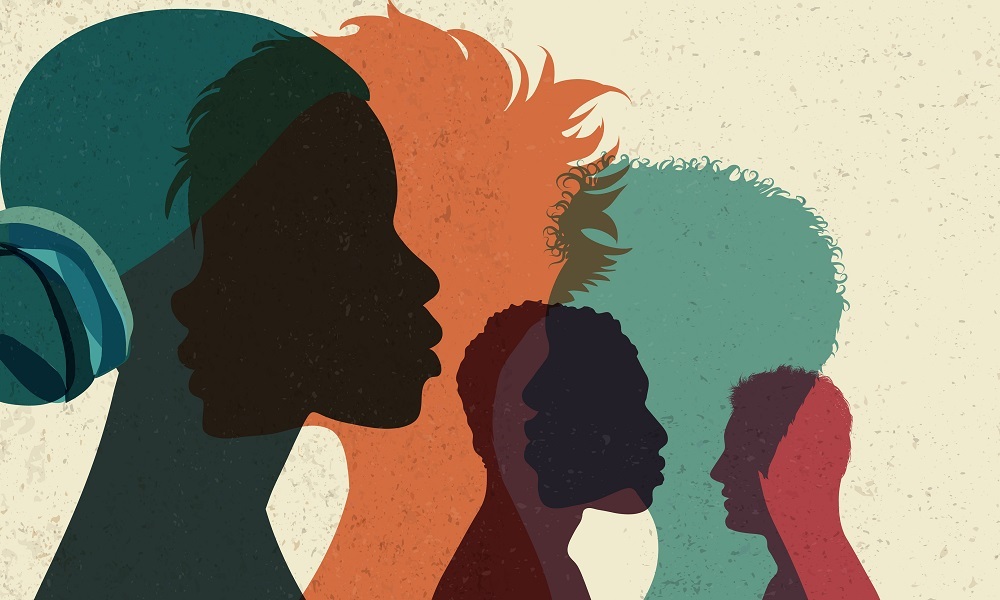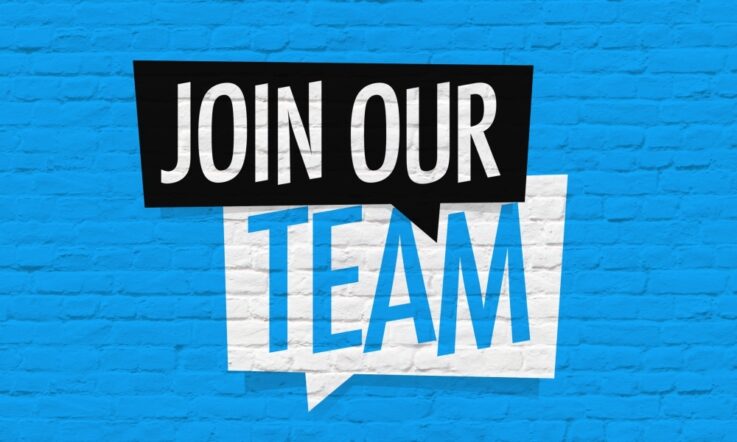This podcast from Teacher is supported by the Megamix Social schools program at Arts Centre Melbourne. Search Megamix Social to access free performing arts experiences for your students.
Thanks for tuning in to this episode of Teacher Staffroom, where we catch you up on the latest evidence, insight, and action in education. I'm Zoe Kaskamanidis.
Equal education involves many things – equal representation, participation, access to resources, and more. There’s a lot to explore around equal education in the Teacher archives, and in this episode of Teacher Staffroom, I’ll be sharing some recent examples with you.
In today’s episode I’m going to get you up to speed on these stories, and also some more of my highlights from this month. And, like all episodes of Teacher Staffroom, I’ll be posing some questions throughout the podcast, so feel free to pause the audio as you go, gather some colleagues, and discuss together how these stories might be relevant to your school context. Let's get started.
The first piece I’d like to share with you is the third video in a series on supporting students with additional needs from Sue Pickett, Additional Needs Coordinator at Eltham High School in Victoria.
In the video, Sue shares a task slip resource she created with her team and talks about how teachers can use this resource in a mixed ability classroom. Here’s Sue explaining a little more about how the task slip works:
‘… to normalise the use of this task slip for any student who wants it – it’s a really powerful tool. It means that they have it on their desk, you can come over and write down what’s the first step you want them to do, they then tick the box and put their hand up when they’re ready for the next instruction.’
One thing that really stood out to me in this video, as well as the others in the series, is that normalising tools like the task slip can benefit all students in the classroom – including students with a disability, as well as students with mixed levels of academic or social competencies, students who might struggle to hear what you’re saying, or students who might find it hard to remember what to do next.
The next story I’d like to share with you takes us up to Clyde Fenton Primary School in the Northern Territory in Australia. As part of the Indigenous Literacy Foundation’s Book Supply Program, the school receives a yearly delivery of boxes filled with a range of classic texts, novels, coffee table books, autobiographies, board books and more, with over 80 per cent of the texts supplied featuring Indigenous authors and illustrators.
We spoke with the school’s Early Childhood Leader Monique Marzocchi who told us that, ‘Being able to access texts written in language has made a profound impact both in the classroom and in the professional development of staff.’
As a rural school with limited access to books, the support Clyde Fenton Primary School has received has helped to bridge the gap in Indigenous literacy for their students, 80 per cent of whom are Aboriginal, living in Binjari, Rockhole and Kalano communities.
So, this brings me to my first question. As a school leader, think about whether your school has cultural diversity in the resources provided to students. How can you diversify the types of knowledge and culture presented in the texts you use in class?
Before we jump to the next story, here’s a quick message from our sponsor.
You’re listening to a podcast from Teacher magazine, supported by Megamix Social at Arts Centre Melbourne. Megamix Social is a free program of performing arts experiences for schools. Primary and secondary students can attend live music, theatre, circus, tours and workshops. Our program has been designed to ignite excitement, build friendships and re-engage students after remote learning. Visit artscentremelbourne.com.au/megamixsocial.
So, while we’re on the topic of access to resources for rural schools, I’m excited to share this next story with you – a podcast special where we talk all things Deadly Science with Corey Tutt.
Corey Tutt is the founder and CEO of Deadly Science, an organisation that provides science resources to remote schools in Australia, to inspire and celebrate the next generation of Indigenous people in STEM.
Corey was awarded Young Australian for New South Wales in 2020, a Eureka Prize winner in 2021, and most recently, he was awarded a Medal of the Order of Australia for his service to Indigenous STEM.
I had the pleasure of talking to him about his own school experience, how Deadly Science came about, and why this initiative is important to him. Here’s one of my favourite moments from our discussion:
‘You can’t be what you can’t see. And allowing kids to connect with scientists and STEM professionals opens up the opportunity for young people to see themselves in careers. You know, just like Harry Butler was for me, or Paul Sinclair, or anyone that has worked in the space that’s Indigenous, or non-Indigenous, that inspires the next generation. There’s a lot of people that can inspire these kids.’
This brings me to the next question I want to pose for you. As a teacher, think about the professionals you have invited into your classroom so far this year. Have these professionals reflected the diversity of students in your classroom?
Remember, we always love to hear about the current initiatives at your school that are having an impact on student learning and wellbeing. If you have a story you’d like to share with us, you can email us at any time at teachereditorial@acer.org.
The last story I’d like to highlight in this episode is a wonderful reader submission from Kerrie Taylor, an Auslan educator, trainer and consultant in Melbourne, Australia.
In her article, Kerrie shares how schools can bring Auslan into the classroom in a way that embraces the richness of the language and respects and honours the Deaf community. She explains the nuances of Auslan as a unique and complex language and explains the common misconceptions about teaching and learning Auslan.
Here’s a part of her article I’d like to share with you, where she describes how schools can support Auslan teachers and learners:
‘Schools can help us by ensuring the teachers they hire are well trained through appropriate short courses, or frequently engage in professional development run by experienced Auslan users. Auslan teachers should have connections with the community and ensure they have the knowledge and understanding of this beautiful and rich language.’
So to finish up, here’s one last point of reflection for you. In her article, Kerrie Taylor offers a list of suggestions for embracing Auslan in the classroom. With your leadership team, or a group of colleagues, take a look at the list. Which suggestions are you in a position to do now? Which suggestions would you like to work towards in the future? What steps will you need to take the make this a reality?
That's all for this episode, and now you’re all caught up on the latest evidence, insight and action. Links to all the content and the resources I’ve mentioned will be in the transcript of this podcast available over at our website, teachermagazine.com.
Subscribe to our podcast channel on Spotify, Apple podcasts, SoundCloud, or wherever you get your podcasts from, so you can be notified of any new podcasts as soon as they land. If you want to keep listening now, you can access the 200+ episodes already in our archive. And, while you’re there, we’d love it if you could rate and review us.
You’ve been listening to a podcast from Teacher, supported by the Megamix Social schools program at Arts Centre Melbourne. Search Megamix Social to access free performing arts experiences for your students.



